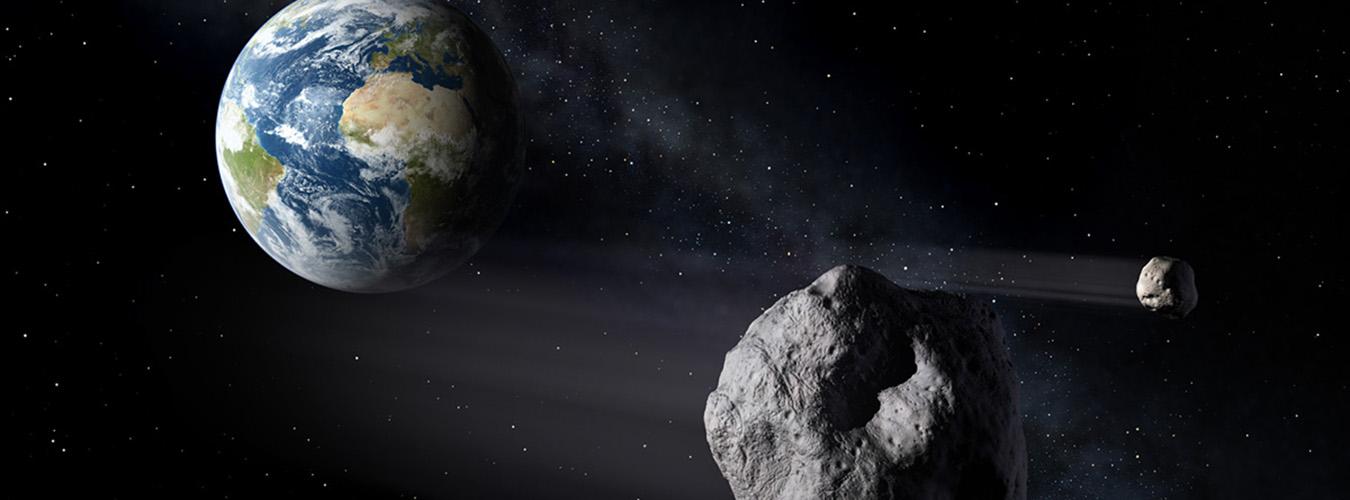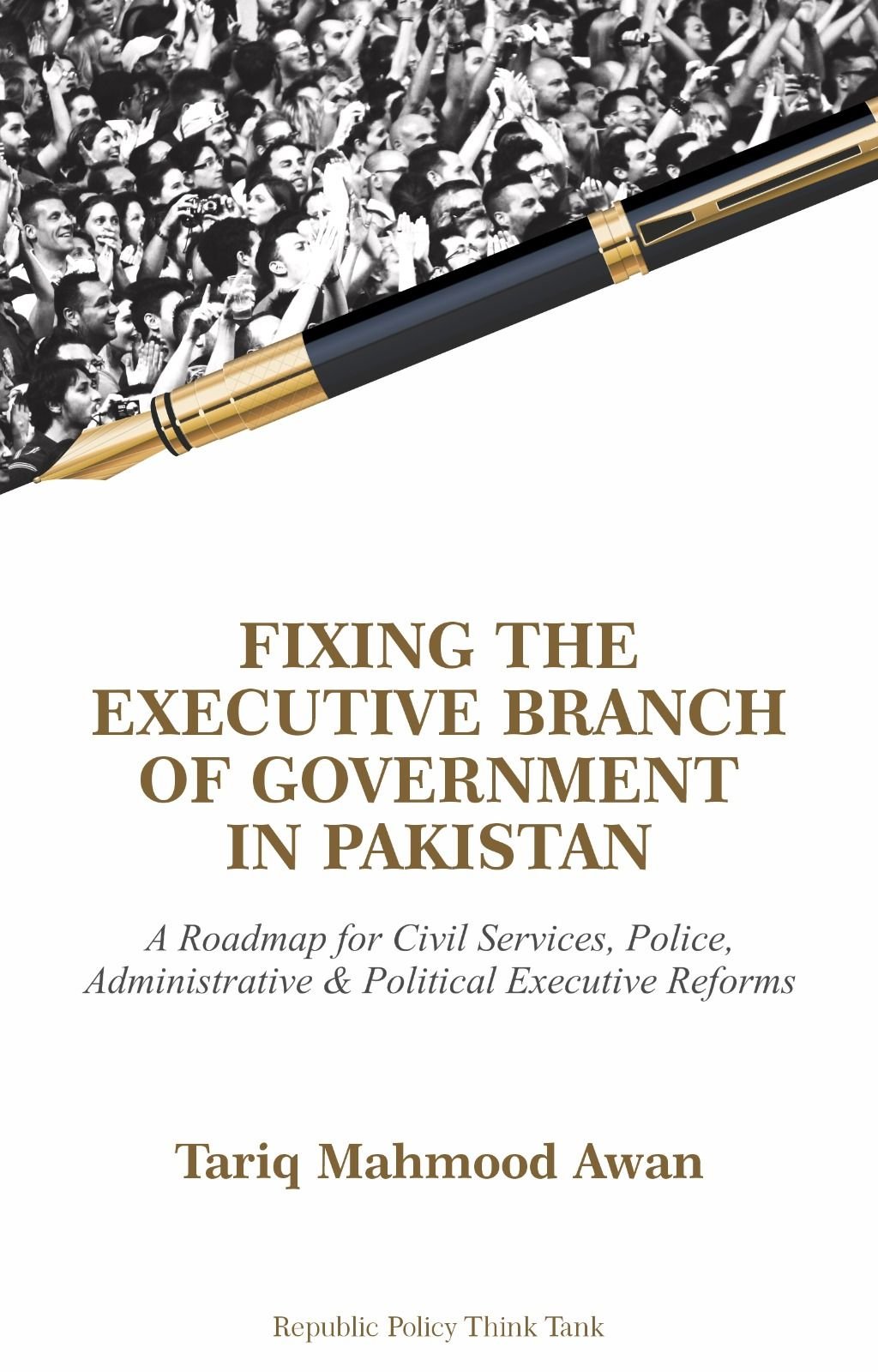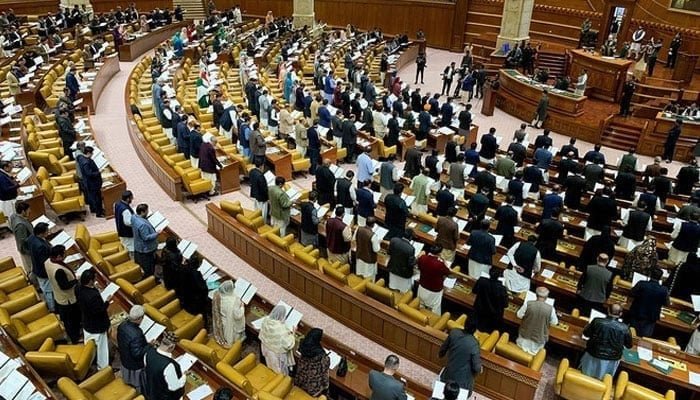Bilal Mustafa
The International Asteroid Day, observed on 30 June each year, is a global event of great significance. It aims to unite people worldwide in raising public awareness about the potential hazard of asteroid impacts and educating them about the crisis communication measures to be taken at the global level in the event of a credible near-Earth object threat. This observance, established by the United Nations General Assembly through resolution A/RES/71/90 in December 2016, is a powerful reminder of the Tunguska impact over Siberia, Russian Federation, that occurred on 30 June 1908.
Near-Earth objects (NEOs), comprising asteroids and comets that pass close to Earth’s orbit, are not just celestial objects. They are potential catastrophic threats to our planet. According to NASA’s Center for NEO Studies, over 16,000 Near Earth Asteroids have been discovered. The Tunguska asteroid event in 1908 and the Chelyabinsk event in 2013 underscore the significant impact potential of NEOs, emphasizing the urgent need for global awareness and preparedness.
The Chelyabinsk event in 2013, involving a large fireball disintegrating over Russian skies, demonstrated the potential consequences of asteroid impacts. This event, with an estimated effective diameter of 18 meters and a mass of 11,000 tons, resulted in an approximate total impact energy of 440 kilotons of TNT explosives. The Chelyabinsk event underscored the urgency of addressing NEO impact hazards as a global issue requiring an international response.
Recognizing the gravity of NEO impact hazards, the United Nations Office for Outer Space Affairs (UNOOSA) has been actively involved in addressing this as a global issue. This has led to the establishment of the International Asteroid Warning Network (IAWN) and the Space Mission Planning Advisory Group (SMPAG) in 2014, endorsed by the Committee on the Peaceful Uses of Outer Space (COPUOS). IAWN uses communication plans and protocols to support governments in analyzing the potential consequences of an asteroid impact and planning mitigation responses. Meanwhile, SMPAG aims to identify technologies for NEO deflection and build consensus on recommendations for planetary defense measures. This global response underscores the international community’s commitment to addressing NEO impact hazards and fostering preparedness and cooperation on a global scale.
In summary, International Asteroid Day plays a crucial role in raising awareness about the potential threat posed by asteroids and comets and the necessary crisis communication and mitigation measures. The establishment of IAWN and SMPAG underscores the international community’s commitment to addressing NEO impact hazards and fostering preparedness and cooperation on a global scale.
The United Nations Office for Outer Space Affairs (UNOOSA) is dedicated to fostering international collaboration for the peaceful use and exploration of space, as well as the application of space science and technology to promote sustainable economic and social development. This organization provides support to United Nations member states in establishing the necessary legal and regulatory frameworks to govern space activities. Additionally, UNOOSA works to enhance the capabilities of developing countries by assisting them in integrating space science technology and applications into their national development programs.
The collaboration between the United Nations Office for Outer Space Affairs (UNOOSA) and the China Manned Space Agency (CMSA) has resulted in the development of the China Space Station program. Leveraging the technological expertise and innovation of the Chinese government, this initiative aims to benefit United Nations member states, particularly those in developing countries, by contributing to the achievement of the 17 Sustainable Development Goals (SDGs). Through the China Space Station program, UNOOSA and CMSA seek to increase access to space technology, thereby supporting the global efforts towards attaining the SDGs.















